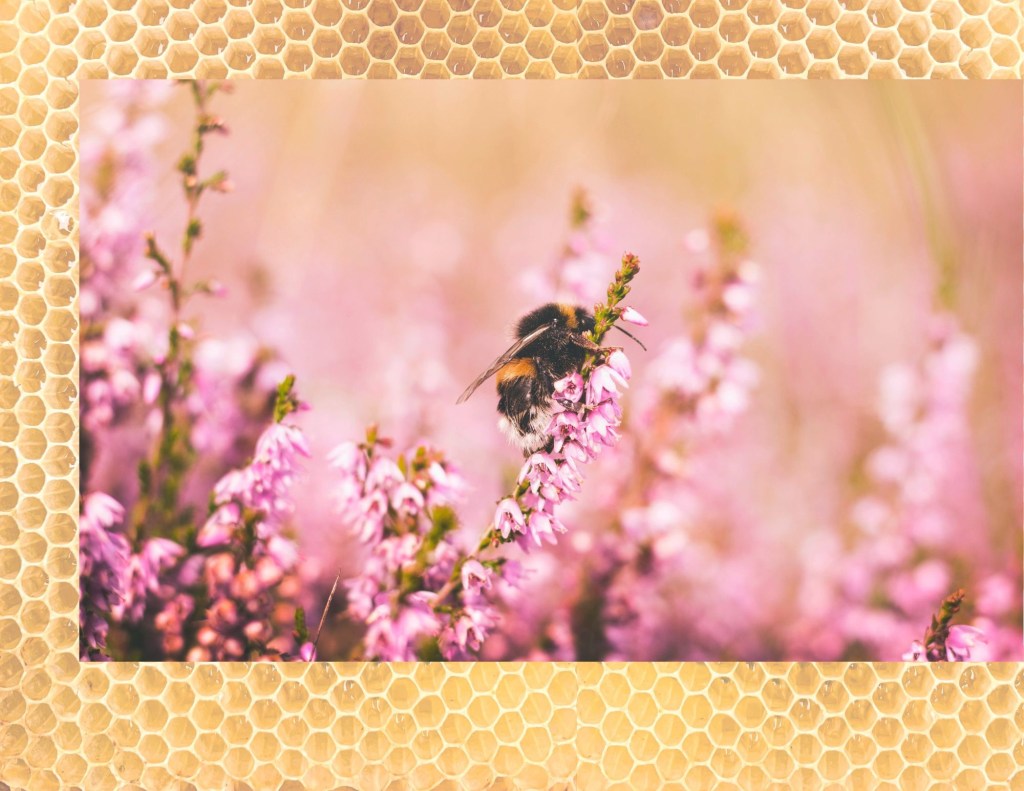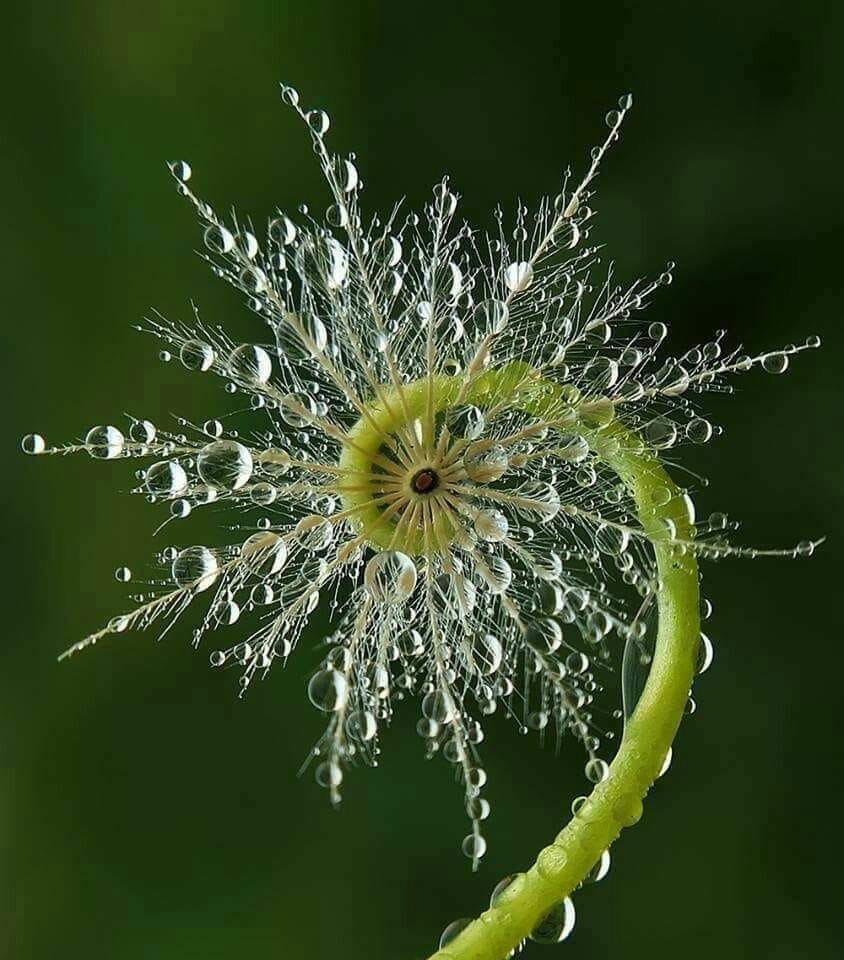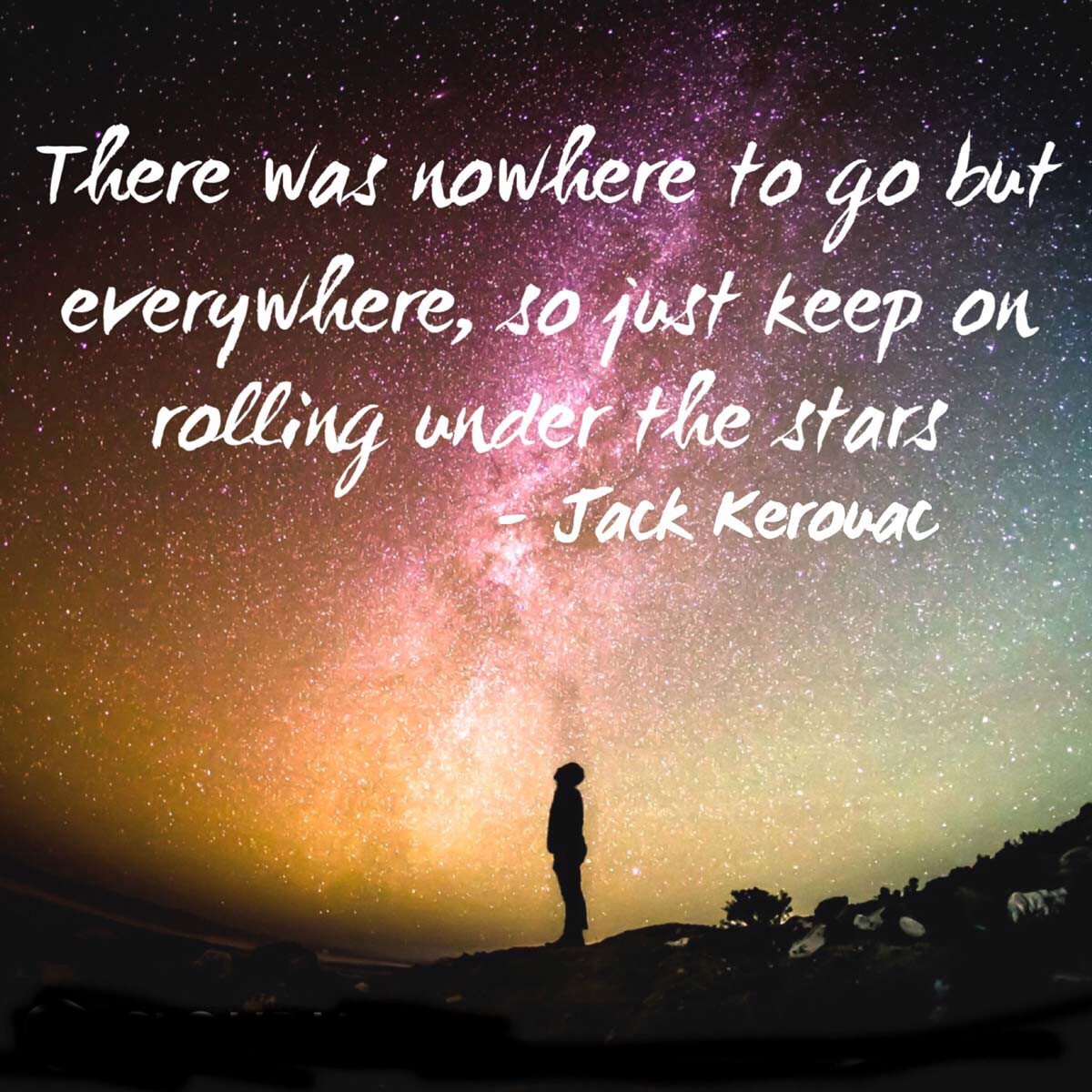
I have always been drawn to honeybees, mesmerized by them and by the beekeepers who care for them. Once many years ago, I put on the beekeepers garb and that big, fashionable hat with the dark veil of netting. A friend who had several hives was teaching me how to handle the bees. I actually held them in my hands, rather hesitantly, while noticing how gently the beekeeper held them. From this uncomfortably close proximity, I was able to listen to the buzzing sound of the honeybees, buzzing that I did not hear as harsh, but rather hushed. The honeybees greeted him when he approached the hive. When he held them in his hands and they moved up his arms, it looked like a graceful dance of the beekeeper and his constantly moving honeybees totally in sync with one another. How could one not be enchanted by this wonder of creation?
Yesterday while reading a fascinating interview with Tom Blue Wolf, I was reminded of those breathtaking moments I spent with the honeybees. Tom is a descendant of the AniCoosa, which means “peaceful people,” who are also known as the Creek Tribe, which is a part of the Muscogee Nation. He is a Native American spiritual guide, a man in love with nature, and a keeper of honeybees. One of the questions he was asked in the interview was, “What is it like to be in the presence of the bees, to listen to them?” This is how Tom Blue Wolf responded.
Creator is always talking to us. Most of us are about seven echoes away from the true voice of the Creator. Try to get closer, try to get maybe three echoes away. If you get too close, it’s almost too intense for most people. Like a burning bush. Aaaaah!
His response to the follow-up question was just as intriguing . . .
“What do you and the bees do for each other on the spiritual journey?
How is your relationship to them a spiritual one?”

They give life, and we protect it. We keep the harm away from them; we protect them. I have been in love with honeybees all my life . . . We beekeepers are integral to the bees’ world. They know us; they are in our dreams. We tend to them barefoot, they crawl all over us, they kiss us, they tickle us. It’s hard to talk about. So, of course we think it’s spiritual. Absolutely. The bees love us and we love them.
That kind of spiritual relationship between a human being and one of God’s created inhabitants of the earth would place any of us in a sacred space. Tom Blue Wolf described a state of being as “three echoes away from the true voice of the Creator.” It’s the kind of space most of us never enter, and for so many reasons—we don’t have time; we’re busy with our jobs; we have children to care for, laundry to do, and a plethora of responsibilities listed on the to-do list we seldom complete. We simply get too busy to embrace the beauty of nature and draw closer to the Creator.
Tom Blue Wolf would summon us, if he could, to be “three echoes away” from God’s true voice. So he writes about the Creator, the creation and the importance of protecting it, and our role as caretakers. He urges humans to follow the guidelines of Saint Francis, who thought it critical to have a close and enduring relationship with nature.
From the years I spent as a postulant in the Order of Ecumenical Franciscans, I learned about the many ways Saint Frances was devoted to the best characteristics of what it means to be a human being on the planet: benevolent, loving, kind, gentle, merciful, reverent, respectful. He treated every life form with dignity.
Saint Francis helps us pull ourselves out of the trap of being completely focused on two-legged humans. An example of that shows how most people describe a destructive incident only be the impact it has on humans. They might report, for instance, that a plane crashed and “we lost 180 people.” Or “the fire killed four hundred people.” In contrast, Saint Francis would say, “Not only did we lose four hundred brothers and sisters, but we also lost three thousand acres of Mother Earth’s flesh. We lost sixty-four thousand winged ones. We lost untold amounts of water, and what’s left is toxic and the ones that swim are no longer with us.”
Like Saint Frances, perhaps we should focus more of our attention on the natural world, the magnificent creation given to us by the Creator God we worship. For one thing, attention to the creation and its Creator draws us into holy moments that we desperately need for our spiritual nurture. If we lean into those holy moments, and linger there for a time, the burdens we carry could become lighter. The cares that dishearten us might become uncommonly dim. And we just might find ourselves in a most sacred space—the one that places us “three echoes away” from God’s whisper. And as an added grace, perhaps we will also hear the gentle buzz of honeybees!
May it be so for each of us.




 Because I have no sense of direction at all, I have an irrational fear of getting lost. Do not tell me to go north or south. I will have no idea how to do that. You must instead say something like, “When you see McDonalds on the right, go past it. Then go past Wendys, Burger King and Barbaritos. Look just past Barbaritos, but on the other side of the road, and you’re there.” It’s a convoluted way of making sure I don’t lose my way. And if one of those fast food places were to close down, I’m lost.
Because I have no sense of direction at all, I have an irrational fear of getting lost. Do not tell me to go north or south. I will have no idea how to do that. You must instead say something like, “When you see McDonalds on the right, go past it. Then go past Wendys, Burger King and Barbaritos. Look just past Barbaritos, but on the other side of the road, and you’re there.” It’s a convoluted way of making sure I don’t lose my way. And if one of those fast food places were to close down, I’m lost.



 Wandering may well be a spiritual discipline. Many years ago, young Annie Morgan sang about it as she wandered in the hills and hollows of Appalachia. . . “I wonder as I wander out under the sky.”*
Wandering may well be a spiritual discipline. Many years ago, young Annie Morgan sang about it as she wandered in the hills and hollows of Appalachia. . . “I wonder as I wander out under the sky.”*